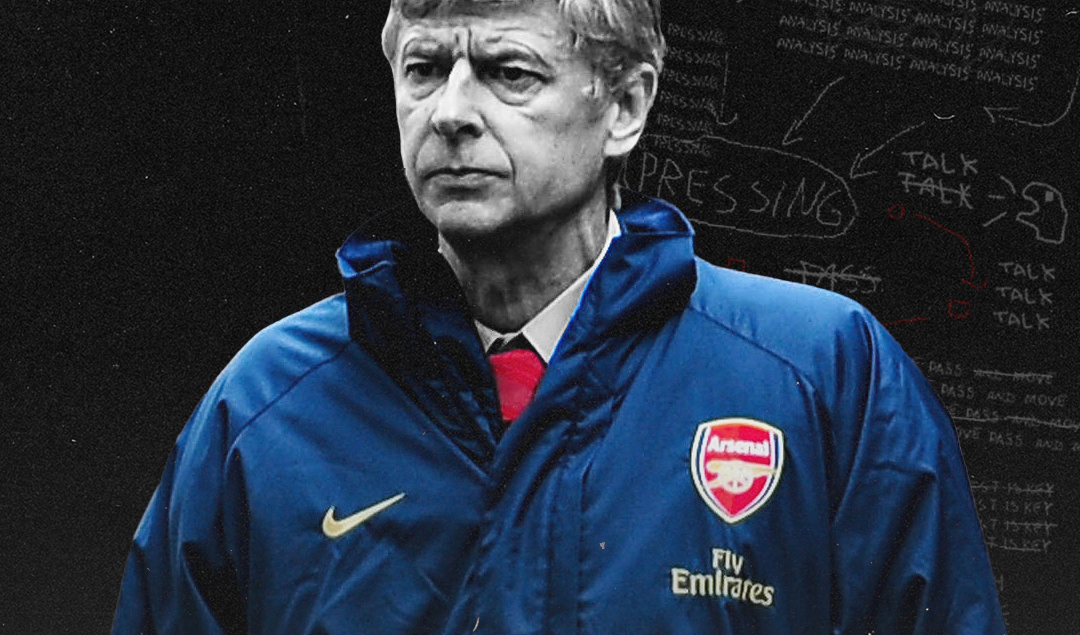Three Ways the Iconic Premier League has Changed Over Time
Can you believe it’s been over 30 years since the iconic league began in 1992? Time flies when you’re watching incredible sporting moments and visiting stadiums all over the country!
In this article, we’re going to explore the top three ways the Premier League has changed over time – from money to VAR, we’ve got it all covered. So sit back, grab your favourite team’s shirt and let’s take a trip down memory lane to see how the Premier League has evolved into the world-renowned competition it is today. Let’s kick off!
So, How Has the Premier League Changed Over Time?
Tactical Approaches
If you’ve been an avid Premier League viewer since 1992, then you probably have noticed a *slight* change in the style of play. From crunching tackles and the classic 4-4-2 to a very neat possession-based tactical approach, it’s no doubt that watching football is a different experience nowadays.
Back in the day, it was pretty normal to hear stories of Premier League players getting a little too tipsy at the pub, even some of the big boys at Manchester United. How times have changed! Massive advancements in nutrition and sports science have led to players now having “perfect diets”. When combined with excellent strength and conditioning, it’s made the beautiful game incredibly fast-paced compared to back in 1992.
How a Japanese Electronics Company Influenced the Winner of the Ballon d’Or
Cast your minds back to the 1990s. Stan Collymore’s last-minute goal against Newcastle, Newcastle’s 5-0 win over Manchester United, Dennis Bergkamp’s hattricks… oh, and the state of the pitches they played on. Even the biggest clubs’ pitches could now be compared to a pigsty (and that’s a dig at the pigsties!). With the help of new technology, groundsmen have upped their game. Sleek, smooth pitches are now a common sight across all football, enhancing the quality of football and encouraging fast-paced passing.
Money
If you haven’t seen the effects of money in football, you must’ve been living under a rock for the past 20 years! To put the impact of money on football into some context for you, the average Premier League player in 1992 earned around £70,000 per year. Fast forward 30 years and the average Premier League player earns over 3 million pounds per year, with some of the top earners at over 20 million a year! For the mathematicians out there, that’s an increase of over 42x!
Aside from player wages, clubs are now spending over 100 million pounds on a singular player! Some of you may remember when the young Cristiano Ronaldo signed for Manchester United in 2003 for just over £12 million. Fast forward 20 years and Chelsea FC signed the Argentinian prospect Enzo Fernandez for just shy of 110 million pounds. Whether you like it or not, football now is more of a business than ever before.
The impact on fans is also huge. The average cost of a ticket in 1992 was around £10, only £110 cheaper than the average Premier League ticket in 2023. Obviously, you need to account for inflation, but I think we all know football fans are now paying more than ever to follow the sport they love.
International Talent
One of the biggest changes in the Premier League since its inception in 1992 is the influx of international talent. Back then, the league was primarily made up of British and Irish players, with a handful of overseas players sprinkled in. But fast-forward to today, and you’ll find players from all over the world tearing up the Premier League
From Brazilian magicians like Gabriel Jesus to Egyptian technicians like Mohamed Salah, the Premier League truly has it all. This diversity has not only made the league more exciting to watch but has also helped to raise the profile of English football on the global stage.
Whether they’re scoring goals for or against your team, I think we can all agree the increased International diversity in the Premier League has increased the standard of play making the league more competitive and enjoyable to watch (even if I do shout at the TV every time my team concedes a goal…).
The Premier League has undergone a remarkable transformation since its inception in 1992. From changes in playing styles to improvements in nutrition and sports science, the league has continued to evolve, attracting fans from all corners of the globe.
While we may look back on the “good old days” with nostalgia (Roy Keane’s tackles and Gerrard’s goals), there’s no denying that the Premier League has come a long way, cementing its place as one of the most entertaining and competitive leagues in the world.
